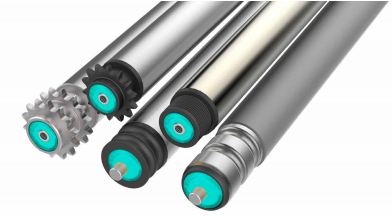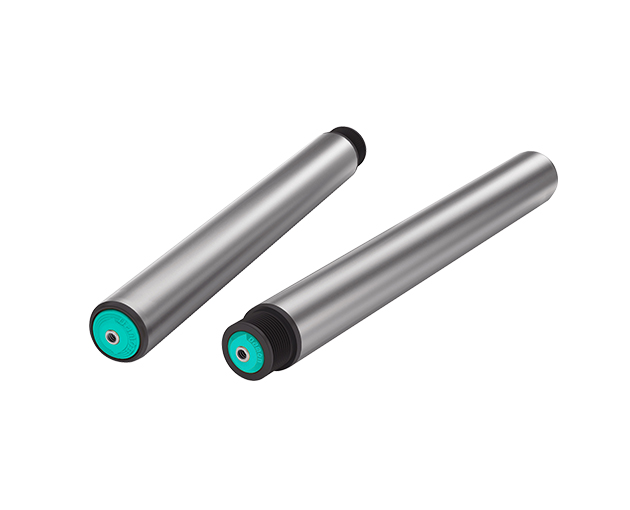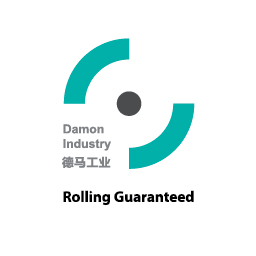Europe
中文
English
Europe
Welcome to Damon Industry Website
Within the large family of power rollers, transmission methods generally fall into two main categories: belt transmission and chain transmission. The belt transmission category can be further divided into O-ring belts, poly-V belts, and synchronous belts. Today, let's take a closer look at how to choose the most suitable transmission method.

The key advantages of belt transmission are high speed, smooth operation, and low noise levels. However, due to their relatively limited load capacity, they are most commonly used in light to medium-duty conveying applications. Each type of belt drive has its unique characteristics — let’s take a closer look at each of them.
O-Ring Belt: Highly elastic, easy to install, and cost-effective. Its standout advantage lies in the flexibility of groove placement — even after installation, the O-ring belt remains below the roller surface, ensuring smooth and uninterrupted conveying. It is suitable for a wide range of applications and performs exceptionally well when transporting loose items, boxed goods, or irregularly shaped products. If your items weigh less than 30 kg, the O-ring belt drive is undoubtedly your best choice.

Poly-V Belt: One of the most commonly used transmission methods for light to medium-duty conveying, widely adopted across various industries. Its main features are high speed, quiet operation, and moderate cost. When paired with a 9-groove pulley, it is typically used for transporting goods weighing between 30 and 150 kg. For loads exceeding 150 kg, an 11-groove pulley can be used to increase the belt’s contact surface, enabling it to handle up to 300 kg.

Synchronous Belt: With a load capacity comparable to that of a 9-groove poly-V belt roller, the synchronous belt stands out not only for its high speed and quiet operation, but also for its non-slip, zero-backlash transmission. It is water-resistant, non-slip, and delivers superior transmission efficiency. These features make it ideal for use in cleanrooms, transfer units, and other demanding operating environments.

Chain transmission: The most rugged and robust of the roller family — a true powerhouse. Unlike belt drives, chain drives offer no elastic slippage, ensuring high power transmission and excellent overload resistance. They are commonly used for medium to heavy-duty conveying and can operate reliably in harsh environments, including high temperatures, humidity, and dusty conditions. Despite these advantages, chain drives also come with notable drawbacks: they are more expensive, prone to wear, noisier, and require regular maintenance. Additionally, their conveying speed typically does not exceed 30 meters per minute.
As the saying goes, “no one is perfect — and neither is any roller.” Different working conditions call for different transmission methods. By selecting the most suitable drive type for your specific application, you ensure optimal performance and efficiency. If you have any questions, feel free to get in touch with us — we’re here to help.

